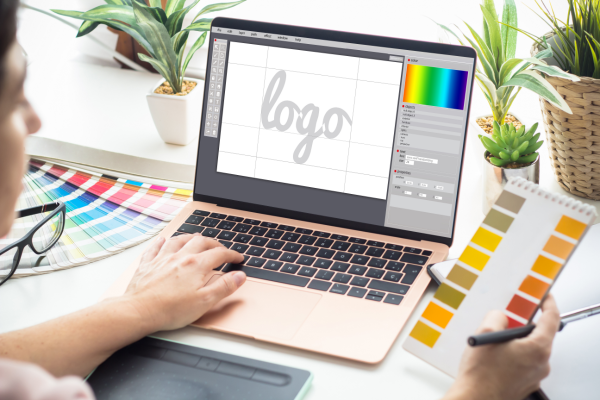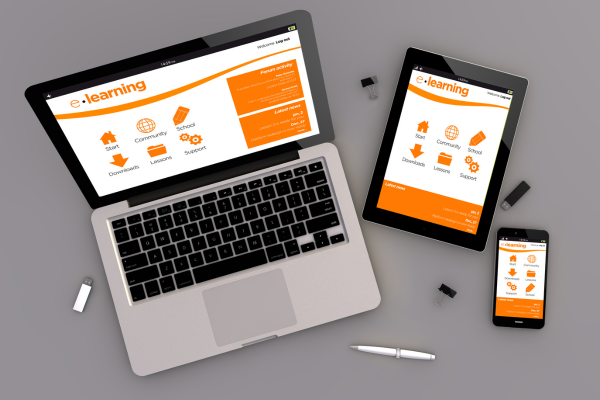Networking Tips for Freelance Designers
Networking is a critical skill for freelance designers, as it helps you build relationships, find new clients, and grow your business. Effective networking can open doors to new opportunities and collaborations that might not be possible otherwise. Here are some essential networking tips tailored for freelance designers to help you build a strong professional network.
1. Attend Industry Events
Conferences, workshops, and trade shows offer great chances to connect with other professionals in your industry. These gatherings are typically attended by prospective clients, fellow designers, and industry experts.
Tips:
- Research and register for events relevant to your niche.
- Prepare a quick pitch about your services and practice it.
- Bring business cards or digital contact information to share.
- Follow up with new contacts after the event to build relationships.
2. Join Professional Associations and Groups
Professional associations and groups offer a platform to connect with like-minded individuals and stay updated with industry trends. Membership can also provide access to exclusive resources and events.
Tips:
- Look for local and international design associations.
- Participate actively in group discussions and forums.
- Attend meetings, webinars, and other events organized by these groups.
- Volunteer for committees or projects to increase your visibility.
3. Leverage Social Media
Social media platforms are powerful tools for networking and building your professional brand. They allow you to connect with a global audience and showcase your work.
Tips:
- Maintain an active presence on platforms like LinkedIn, Instagram, and Twitter.
- Share your work regularly and engage with your audience.
- Join industry-specific groups and participate in discussions.
- Connect with other designers, potential clients, and industry influencers.
4. Utilize Online Portfolio Sites
Online portfolio sites like Behance, Dribbble, and Adobe Portfolio are not just for showcasing your work; they are also great for networking. These platforms allow you to interact with other creatives and potential clients.
Tips:
- Keep your portfolio updated with your latest projects.
- Engage with other users by commenting on and appreciating their work.
- Participate in community challenges and contests.
- Collaborate with other creatives on joint projects.
5. Attend Local Meetups and Workshops
Local meetups and workshops provide a more intimate setting to connect with other designers and professionals in your area. These gatherings can lead to valuable connections and potential collaborations.
Tips:
- Use platforms like Meetup.com to find events in your area.
- Attend workshops and classes to learn new skills and meet other attendees.
- Network during breaks and after the event.
- Follow up with new contacts to nurture the relationship.
6. Offer to Help Others
Offering your help and expertise can build goodwill and establish you as a valuable member of the community. This can lead to referrals and opportunities down the line.
Tips:
- Volunteer for design projects for non-profits or community organizations.
- Offer to mentor less experienced designers.
- Share useful resources and tips on forums and social media.
- Be generous with your time and knowledge.
7. Build and Maintain Relationships
Networking is not just about making new contacts; it’s also about maintaining and nurturing existing relationships. Consistent and genuine communication is key.
Tips:
- Keep in touch with past clients and collaborators.
- Send periodic updates or newsletters about your work.
- Show appreciation for referrals and recommendations.
- Reach out to contacts during holidays or special occasions.
8. Create and Share Valuable Content
Creating and sharing valuable content can position you as an expert in your field and attract a wider audience. This content can also serve as a conversation starter with potential clients and collaborators.
Tips:
- Write blog posts or articles about design trends, tips, and case studies.
- Create tutorials, videos, or webinars showcasing your skills.
- Share your content on social media and industry forums.
- Collaborate with other content creators to reach new audiences.
9. Attend Virtual Events
With the rise of remote work, virtual events have become more prevalent. These events can be a convenient way to network without geographical limitations.
Tips:
- Look for webinars, virtual conferences, and online workshops.
- Participate in virtual networking sessions and breakout rooms.
- Engage with speakers and attendees through chat and Q&A sessions.
- Follow up with virtual contacts via LinkedIn or email.
10. Use Email Marketing
Email marketing can be an effective way to stay connected with your network and keep them informed about your work and services.
Tips:
- Build an email list of clients, prospects, and industry contacts.
- Send regular newsletters with updates, new projects, and industry news.
- Personalize your emails to make them more engaging.
- Use email marketing tools to track engagement and improve your strategy.
Conclusion
Networking is an essential aspect of building a successful freelance design career. By attending industry events, leveraging social media, joining professional groups, and consistently nurturing your relationships, you can expand your network and open up new opportunities. Remember, effective networking is about building genuine connections and providing value to others. With these tips, you’ll be well on your way to creating a strong professional network that supports your freelance journey.





